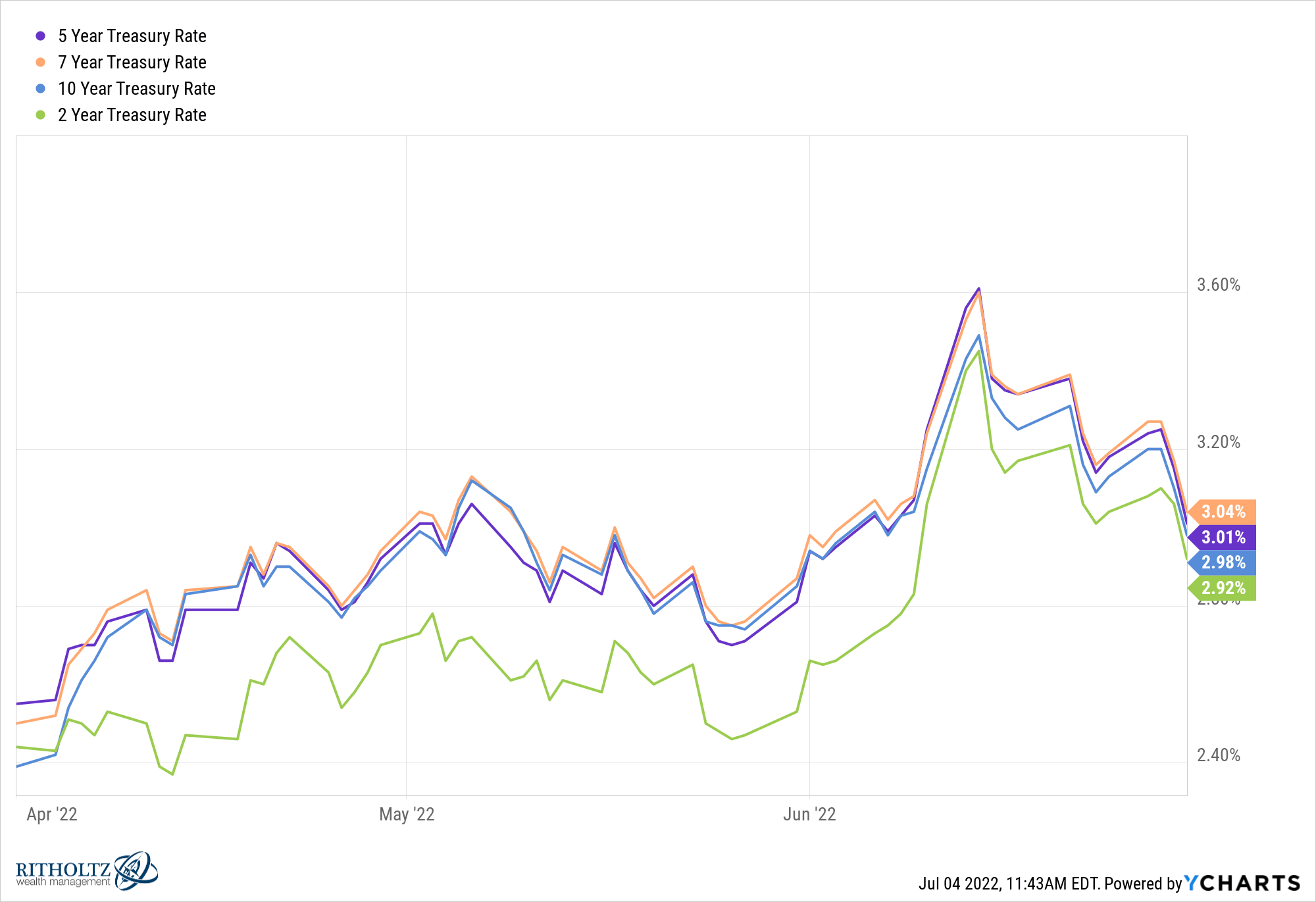By Ken Smith
As the business world evolves, leaders need to grow too.
Equipping them with the proficiencies and resources to stay agile and relevant requires more than traditional training and coaching – it requires a shift toward adult development and lifelong learning.
Most development programmes are not development, but learning, and they are a grab-bag of different tools, techniques, and methodologies that offer coping strategies, not real growth.
Vertical development and the Theory of Constructed Development provide a framework for understanding and navigating adult development, allowing for lifelong learning even in challenging circumstances.
Traditional training and coaching strategies may successfully cultivate specific capabilities and information. Yet, they need to be more thorough and successful in accomplishing vertical growth. Training and coaching models often adopt a one-size-fits-all, top-down approach, which are not be suitable for managing the complexities of the present business realm with its distinctive difficulties and changes that every leader must confront.
Adult development is the ultimate pathway to developing a new generation of leaders.
It is based on the idea that learning is a lifelong process and encourages leaders to take an active role in their development. Considering the current business environment post-COVID, adult development acknowledges the complexity of digital transformation and its uncertain business landscape. It encourages leaders to be adaptive and holistic in their approach to learning and development. It recognises that there are no one-size-fits-all solutions to these challenges. By embracing adult development, leaders can gain the knowledge and skills to lead effectively in the modern business world and become part of a new generation of leaders.
Leaders with a deep understanding of their thinking structure can make conscious decisions, challenge limiting beliefs, and create innovative solutions. By being aware of their thinking, they can lead diverse teams more effectively, better solve complex problems, and successfully navigate the uncertainty that comes with being a leader. Ultimately, this awareness of one’s thinking structure is the key to becoming a successful leader, referred to as a ‘High Dynamically Intelligent’ leader.
Leaders need to be aware of how they think because it allows them to understand the underlying drivers of their decision-making and problem-solving abilities. It’s always about how the person constructs their thinking rather than the problem they think they have.
For example, suppose a leader is aware of the intention to remain open-minded and curious. In that case, they are more likely to approach a problem with curiosity and openness, which can lead to more creative and innovative perspectives.
Leadership involves making conscious decisions about how to approach each situation. When approaching a problem, you must know your intention and Thinking Style. Suppose you are unconsciously defensive, sceptical, or critical. In that case, you are more likely to have a closed attitude and be less likely to consider alternative perspectives. To ensure you make the most effective decisions in any given situation, it is essential to take a step back and evaluate your thought process and reasoning, meaning question the construction of your thinking, referred to as your Thinking Style.
Ask yourself if your intention is appropriate or effective in each case; if not, consciously choose to shift your thinking, and approach the situation more constructively. By being aware of your intentions and making conscious choices, you can ensure you take the most effective approach to any problem.
If you want to be a successful leader, you need to be able to think outside the box, come up with innovative solutions, and lead diverse teams. Focusing solely on what you think will limit your ability to do this, and your biases will cause you to overlook important information and limit your creative thinking. You will also need help to adapt to new challenges and opportunities, as you need more metacognitive capacity to think about your thinking from a developmental perspective.
The problem is always a problem of construction, not one of agency or utility. To be a ‘High Dynamically Intelligent Leader’, it is essential to be self-aware and open to new ideas.
We need to look at Leaders in a Vertical Developmental capacity and tease out how they construct their thinking in the moment to understand what is the difference that makes the difference in their leadership Thinking Style. What we need is the following:
A Developmentally Different Way of Measuring Leaders.
In part 2, we will look at Constructed Development Theory as a next-level approach to Leadership Development.
Ken Smith is a developmentalist and one of the founding members of the Institute for Adult Development UK.
BUSINESS REPORT
















